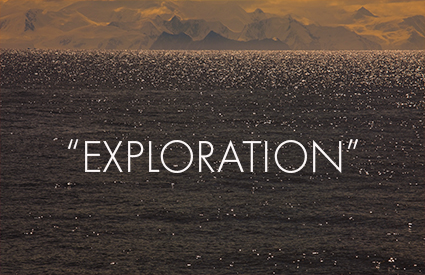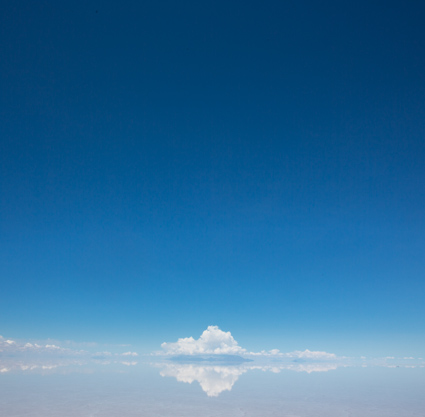16 Quotes On Exploration

Here’s a collection of my favorite quotes on exploration.
“Not all who wander are lost.” – J R R Tolkien
“I’m not lost. I’m exploring.” – Jana Stanfield
“It’s important for the explorer to be willing to be led astray.” – Roger von Oech
“In wisdom gathered over time I have found that every experience is a form of exploration.” – Ansel Adams
“You can accelerate your development by giving yourself a fresh set of challenges, or the same set viewed from a different angle, every day. Explore a different path – if it’s a dead end, explore another.” – Paul Foxton
“An artist has to be a little like Lewis and Clark, always exploring in new, uncharted directions.” – C W Mundy
“All art is a kind of exploring. To discover and reveal is the way every artist sets about his business.” – Robert Flaherty
“An artist is an explorer. He has to begin by self-discovery and by observation of his own procedure. After that he must not feel under any constraint.” – Henri Matisse
“I’m attracted to images that come from a personal exploration of a subject matter. When they have a personal stamp to them, then I think it becomes identifiable.” – Leonard Nimoy
“Acting is constant exploration.” – Paul Builfoyle
“Writing is an exploration. You start from nothing and learn as you go.” – E L Doctorow
“Meaning is not thought up and then written down. The act of writing is an act of thought. All writing is experimental in the beginning. It is an attempt to solve a problem, to find a meaning, to discover its own way towards a meaning.” – Donald Murray
“I do not explain, I explore.” – Marshal McLuhan
“This I believe: that the free, exploring mind of the individual human is the most valuable thing in the world.” – John Steinbeck
“That is the exploration that awaits you! Not mapping stars and studying nebula, but charting the unknown possibilities of existence.” – Leonard Nimoy
“We shall not cease from exploration, and the end of all our exploring will be to arrive where we started and know the place for the first time.” – T S Eliot
Find more Creativity Quotes here.
Discover more quotes daily in my Twitter and Facebook streams.


















